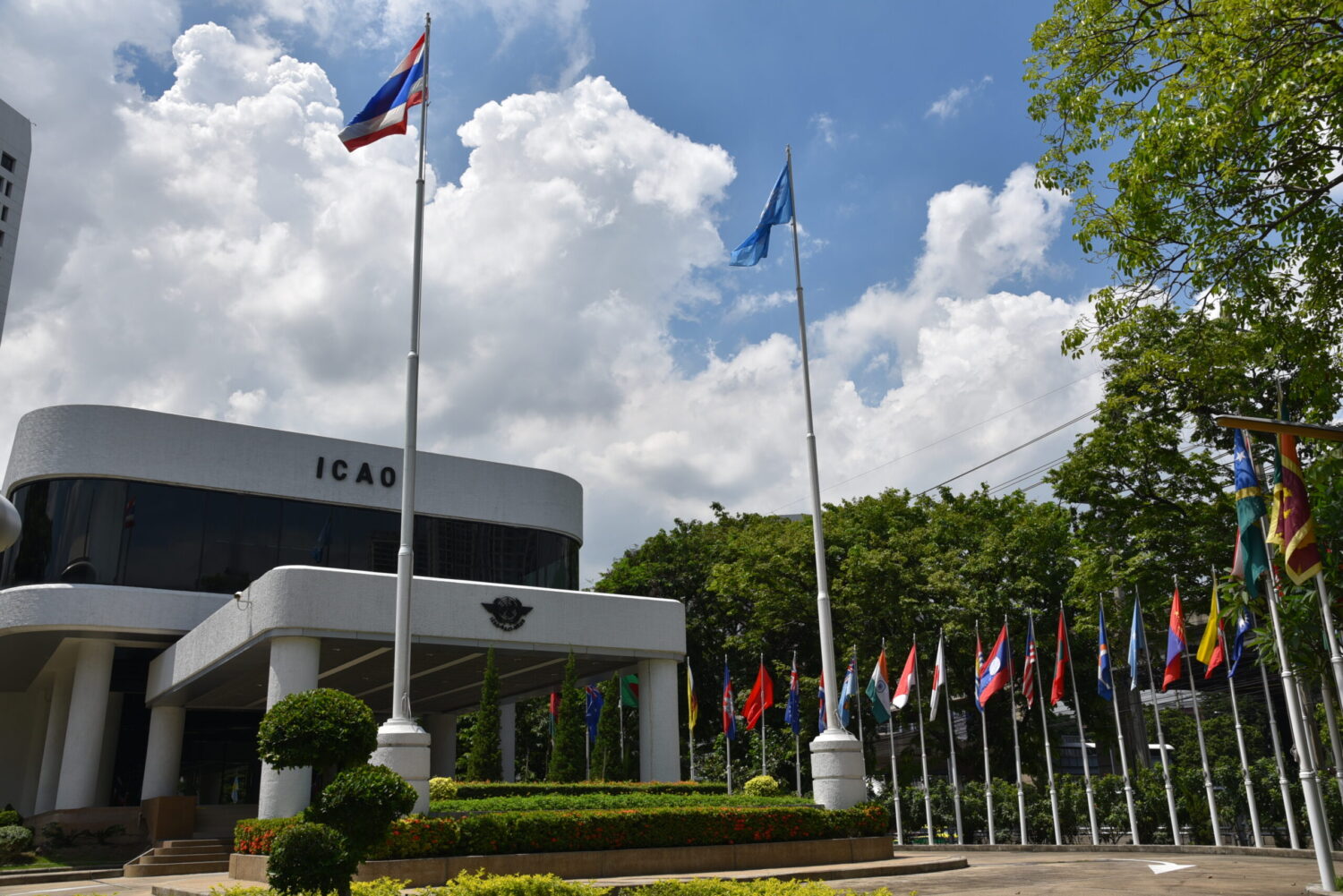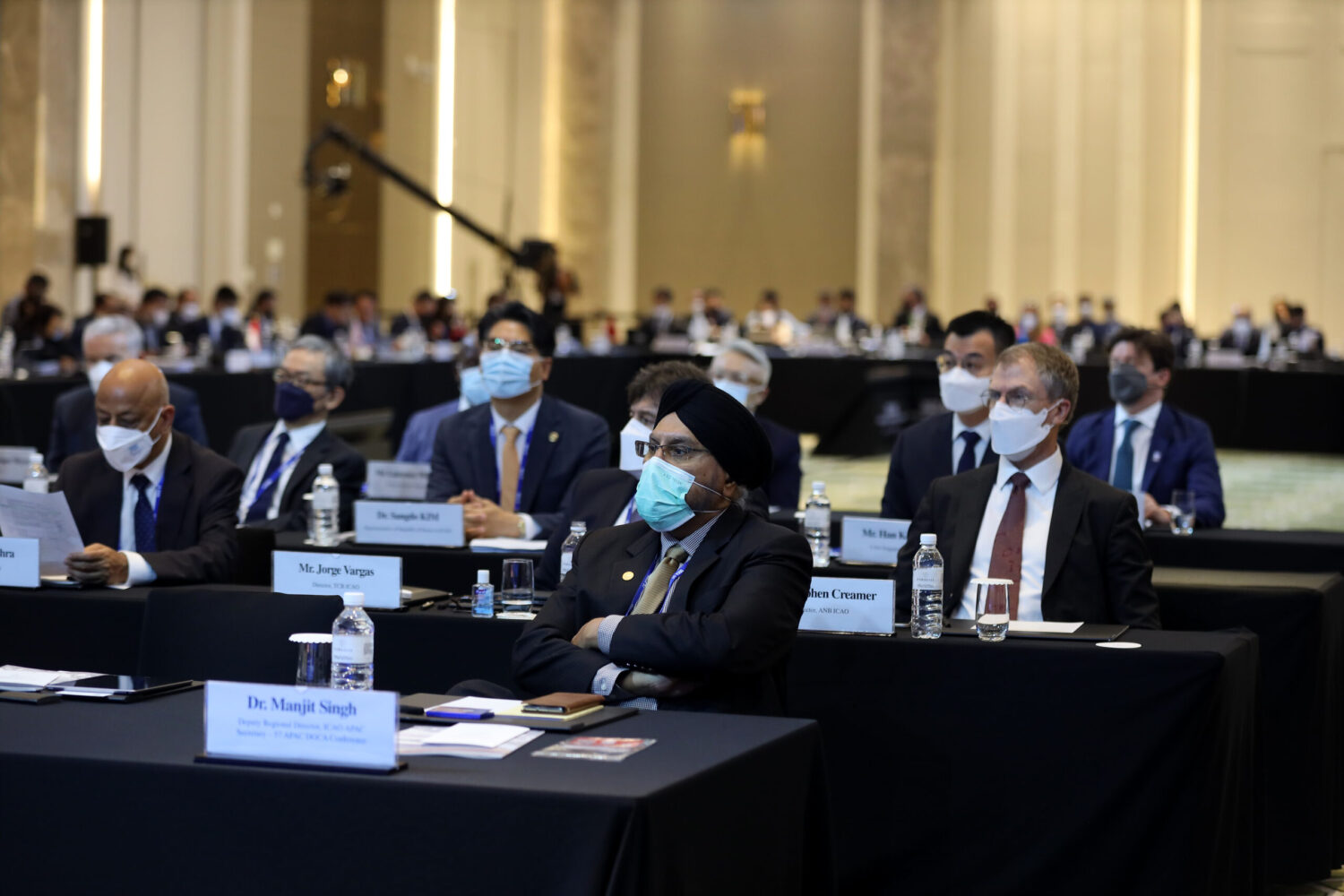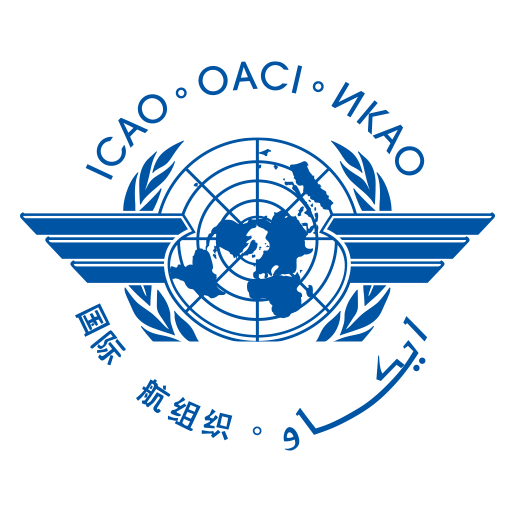 It was 1944 when ICAO was mandated to bring States together to develop and adopt the standards, practices, and policies that govern civil aviation and ensure seamless and harmonized air travel across borders worldwide. Working hand in hand with aviation stakeholders, we promote global aviation development while prioritizing safety and sustainability. We play a crucial role in fostering cooperation among our 193 Member States as part of our mission to facilitate safe, secure, and efficient international air transport.
It was 1944 when ICAO was mandated to bring States together to develop and adopt the standards, practices, and policies that govern civil aviation and ensure seamless and harmonized air travel across borders worldwide. Working hand in hand with aviation stakeholders, we promote global aviation development while prioritizing safety and sustainability. We play a crucial role in fostering cooperation among our 193 Member States as part of our mission to facilitate safe, secure, and efficient international air transport.
Our Secretariat, funded and directed by Member States, provides vital technical, legal, and administrative support for international air transport cooperation. We develop comprehensive programmes, guidance material, and initiatives that include audits, training, and implementation support that helps countries achieve compliance with global aviation norms. We have established a truly connected and unified global aviation network that bridges nations and brings people together.
ICAO headquarters are in Montréal, Canada, but we maintain seven Regional Offices that provide close support and coordination to the Member States situated in their regions. In this new series, we will take you inside our offices in Bangkok, Cairo, Dakar, Lima, Mexico, Nairobi, and Paris. In this edition we will be featuring the Asia and Pacific Regional Office that is based in Bangkok, Thailand.
The Asia and Pacific Office was established in Melbourne, Australia in 1948 as the Far East & Pacific Office. The Office was relocated to Bangkok, Thailand in 1955 and renamed as the Asia and Pacific Office (APAC) in 1980. The APAC Office began operations in its present Bangkok premises in June 1989. In January 2004, through the continuing generosity of our host, the Royal Thai Government, we launched the Kotaite Wing conference facility.
APAC office’s area of responsibility has grown significantly since its inception. Initially accredited to 12 States that included Australia, Myanmar, Sri Lanka, China, India, Indonesia, Japan, Korea, New Zealand, Philippines, Thailand, and Viet Nam, the office now serves 39 contracting States, and maintains liaison with two Special Administrative Regions of China and 13 other territories within the Asia-Pacific region.
Today there are 39 States accredited to the APAC office that include: Afghanistan, Australia, Bangladesh, Bhutan, Brunei Darussalam, Cambodia, China, Cook Islands, Democratic People’s Republic of Korea, Federated States of Micronesia, Fiji, India, Indonesia, Japan, Kiribati, Lao People’s Democratic Republic, Malaysia, Maldives, Marshall Islands, Mongolia, Myanmar, Nauru, Nepal, New Zealand, Pakistan, Palau, Papua New Guinea, Philippines, Republic of Korea, Samoa, Singapore, Solomon Islands, Sri Lanka, Thailand, Timor Leste, Tonga, Tuvalu, Vanuatu and Viet Nam.
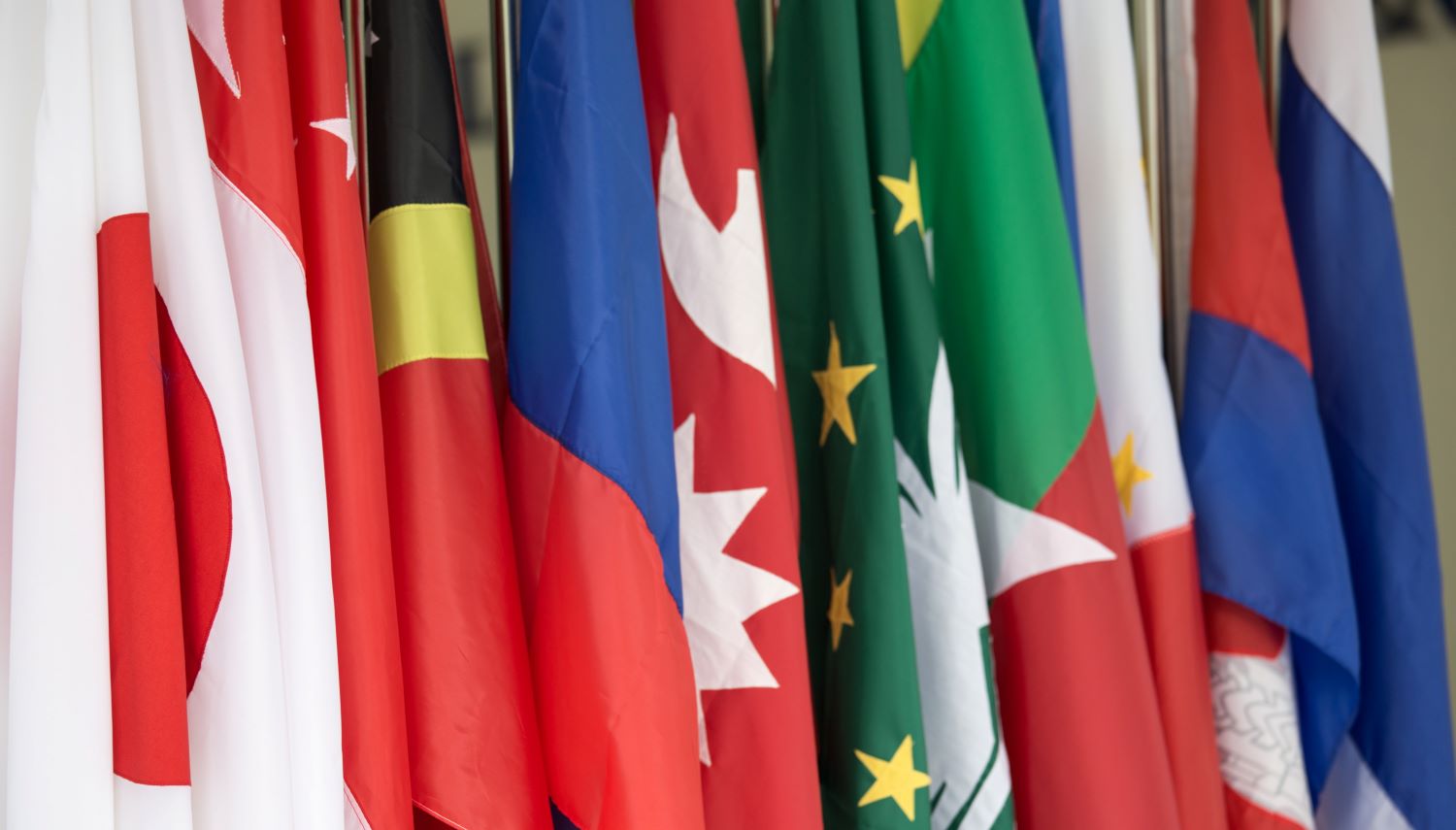 APAC Office’s responsibilities extend beyond the Asia-Pacific region; they also liaise with France, the United States, Chile, and the United Kingdom due to territories existing within their domain. They also liaise with New Zealand on matters relating to Niue. This interaction further enhances the Office’s influence and reach in the global aviation landscape. The Asia/Pacific Region covers vast airspace, with 49 Flight Information Regions. The Regional Sub-Office (RSO) was inaugurated on 27 June 2013 and is hosted in Beijing by China.
APAC Office’s responsibilities extend beyond the Asia-Pacific region; they also liaise with France, the United States, Chile, and the United Kingdom due to territories existing within their domain. They also liaise with New Zealand on matters relating to Niue. This interaction further enhances the Office’s influence and reach in the global aviation landscape. The Asia/Pacific Region covers vast airspace, with 49 Flight Information Regions. The Regional Sub-Office (RSO) was inaugurated on 27 June 2013 and is hosted in Beijing by China.
Throughout its history, the APAC office has been crucial in facilitating regional air navigation planning and implementation. APAC has organized significant events such as the Regional Air Navigation (RAN) Meetings for the Asia and Pacific Region, held in Honolulu in 1973, Singapore in 1983, and Bangkok in 1993. These meetings served as platforms for fostering cooperation and ensuring the continuous and coherent development of the Asia-Pacific Regional Air Navigation Plan.
The Asia Pacific Air Navigation Planning and Implementation Regional Group (APANPIRG), established by the ICAO Council in 1991, held its first meeting at the Regional Office in April 1992. Since then, APANPIRG has been working to ensure the continuous and coherent development of the Asia/Pacific Regional Air Navigation Plan and facilitating the implementation of the corresponding air navigation systems and services with due observance of the primacy of air safety, regularity, and efficiency.
The APAC office has witnessed remarkable developments in international civil aviation within the region. From the introduction of turbine engines to the advent of jet aircraft, high-capacity aircraft and the construction of massive international airports, the region has been at the forefront of aviation advancements.
 The last two decades were marked by the development of long-haul aircraft and progressive implementations of the new Communication, Navigation, Surveillance and Air Traffic Management (CNS/ATM) system in the 1990s. The beginning of the 21st century brought new and important developments, such as the introduction of ultra-long-range operations, the advent of new large aircraft, and the rapid expansion of low-cost airlines.
The last two decades were marked by the development of long-haul aircraft and progressive implementations of the new Communication, Navigation, Surveillance and Air Traffic Management (CNS/ATM) system in the 1990s. The beginning of the 21st century brought new and important developments, such as the introduction of ultra-long-range operations, the advent of new large aircraft, and the rapid expansion of low-cost airlines.
Grateful for the support received, the APAC office acknowledges the Royal Government of Thailand for its continuous assistance and provision of excellent working facilities. The current Secretariat Building, acquired in 1989, offers ample space for officers, staff, consultants, a library, and a document sales unit.
Furthermore, due to the increasing number of participants from Member States, the Royal Thai government has generously provided new conference facilities adjacent to the Regional Office, known as “The Kotaite Wing of the Asia and Pacific Office.” These facilities were to recognize the contribution to the development of international civil aviation by Dr Assad Kotaite, who was a previous President of the ICAO Council.
APAC facilities have a large conference hall that can accommodate approximately 210 persons, three meeting rooms of varying sizes to accommodate between 40 and 75 persons, an exhibition area, and other related facilities such as the cafeteria and secretariat offices. The conference hall and all meeting rooms are equipped with a modern sound system and multimedia equipment for presentations.

One of the major events that is held every year is the Conference of Directors General of Civil Aviation Asia and Pacific Region (DGCA Conference). The event provides a forum for deliberations on civil aviation topics related to aviation safety, air navigation, aviation security and facilitation, economic development of air transport and technical and regional cooperation.
Every Member State in the APAC region takes turns hosting the DGCA Conference with close coordination with the ICAO APAC Regional Office in Bangkok, Thailand. In 2022, in the first Conference gathering after the start of the pandemic, the 57th Conference of APAC DGCA was hosted by the Republic of Korea (ROK) with the central theme of “Strengthening Regional Cooperation for the Restoration of Air Network with No Country Left Behind.” The 56th Conference of Directors General of Civil Aviation was hosted by Nepal in August 2019, and the focus was on Asia-Pacific’s aviation capacity constraints . In addition to discussions that focused on the ways cooperation could support ICAO compliance as the only sustainable solution to the challenges faced by region’s States, a special event took place that commemorated the 75th anniversary of ICAO when the anniversary flag was hoisted at the summit of Mount Everest.
ICAO’s APAC Office, under the supervision of the Regional Director, Mr. Tao Ma, has a primary role in fostering the planning and implementation by the States of the ICAO provisions: International Standards and Recommended Practices (SARPs), Procedures for Air Navigation Services (PANS) and Regional Air Navigation Planning, for the safety, security, and efficiency of air transport.
The office also supports Member States as they navigate the challenges posed by healthy and rapid growth in air traffic and technological advancements. They carry out this work by collaborating closely with States, the aviation industry, and other partners to ensure the integrity and capacity building necessary for achieving safe and environmentally friendly air transportation across the region.
Ten years ago, an APAC Regional Sub-Office (RSO) was established in Beijing, China, to complement the Bangkok Regional Office and provide additional support to States in the region in implementing effective Air Traffic Management (ATM) measures. ICAO’s Secretary General Juan Carlos Salazar visited the APAC RSO in June 2023 to celebrate its 10th anniversary and to extend gratitude to the Civil Aviation Administration of China for graciously providing human and financial resources that have contributed to the office’s success.
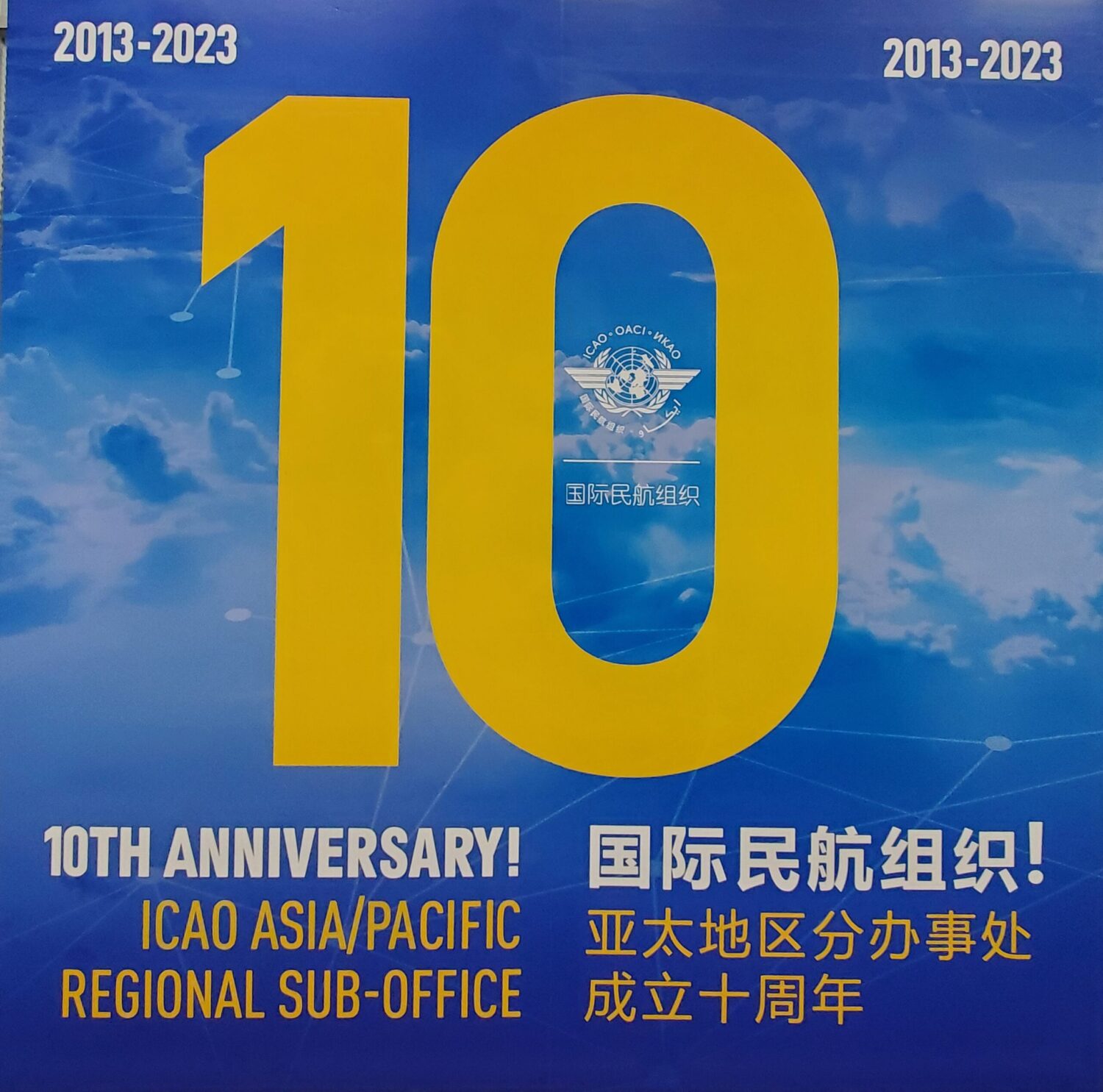 The APAC RSO supports APAC States in several crucial areas, including civil-military cooperation (CMAC), Performance-Based Navigation (PBN), Airspace Management (ASM), Air Traffic Flow Management (ATFM), and Airport Collaborative Decision-Making (A-CDM). This support involves closely monitoring the ATM implementation of States, identifying gaps in comparison to the regional roadmap, and engaging with the respective States to determine the specific support required.
The APAC RSO supports APAC States in several crucial areas, including civil-military cooperation (CMAC), Performance-Based Navigation (PBN), Airspace Management (ASM), Air Traffic Flow Management (ATFM), and Airport Collaborative Decision-Making (A-CDM). This support involves closely monitoring the ATM implementation of States, identifying gaps in comparison to the regional roadmap, and engaging with the respective States to determine the specific support required.
ICAO’s Asia and Pacific Regional Office plays a crucial role in driving various initiatives that enhance aviation safety and security across the region. Besides contributing to air navigation planning and implementation, the office actively engages in capacity-building efforts. For instance, it conducts ICAO CAMP Courses, equipping professionals with essential skills to manage civil aviation safety risks effectively. Moreover, the establishment of the Pacific Liaison Office strengthens collaboration with Pacific States, fostering closer ties and facilitating mutual support. The APAC office also leads implementation support and technical assistance missions through ICAO Combined Action Teams (CAT) technical assistance missions that focus on safety and aviation security compliance improvement measures and assist States in their preparations for the Universal Safety Oversight Audit Programme (USOAP) and the Universal Security Audit Programme (USAP) audits.
On 1 August 2023, ICAO took a major step to improve its engagement and support for Pacific Small Island Developing States (PSIDS) with the establishment of a new Pacific Liaison Officer reporting to the ICAO APAC Office. “This new Liaison Officer post is being established in recognition of the distinct sustainable development and ICAO compliance challenges which many States in the Pacific region presently face,” emphasized ICAO Secretary General Juan Carlos Salazar. The new ICAO Pacific Liaison Officer is expected to report to the new office premises in Nadi, Fiji, later in this year (2023).
The APAC office will continue its efforts to oversee the highest levels of aviation achievement in the Asia-Pacific region, and it remains committed to the safety, security, and efficiency of air transportation. Stakeholders seeking to engage with the ICAO Bangkok Regional Office can reach out using the contact information shared here.

